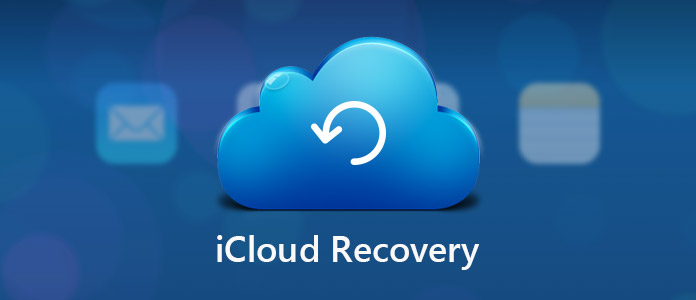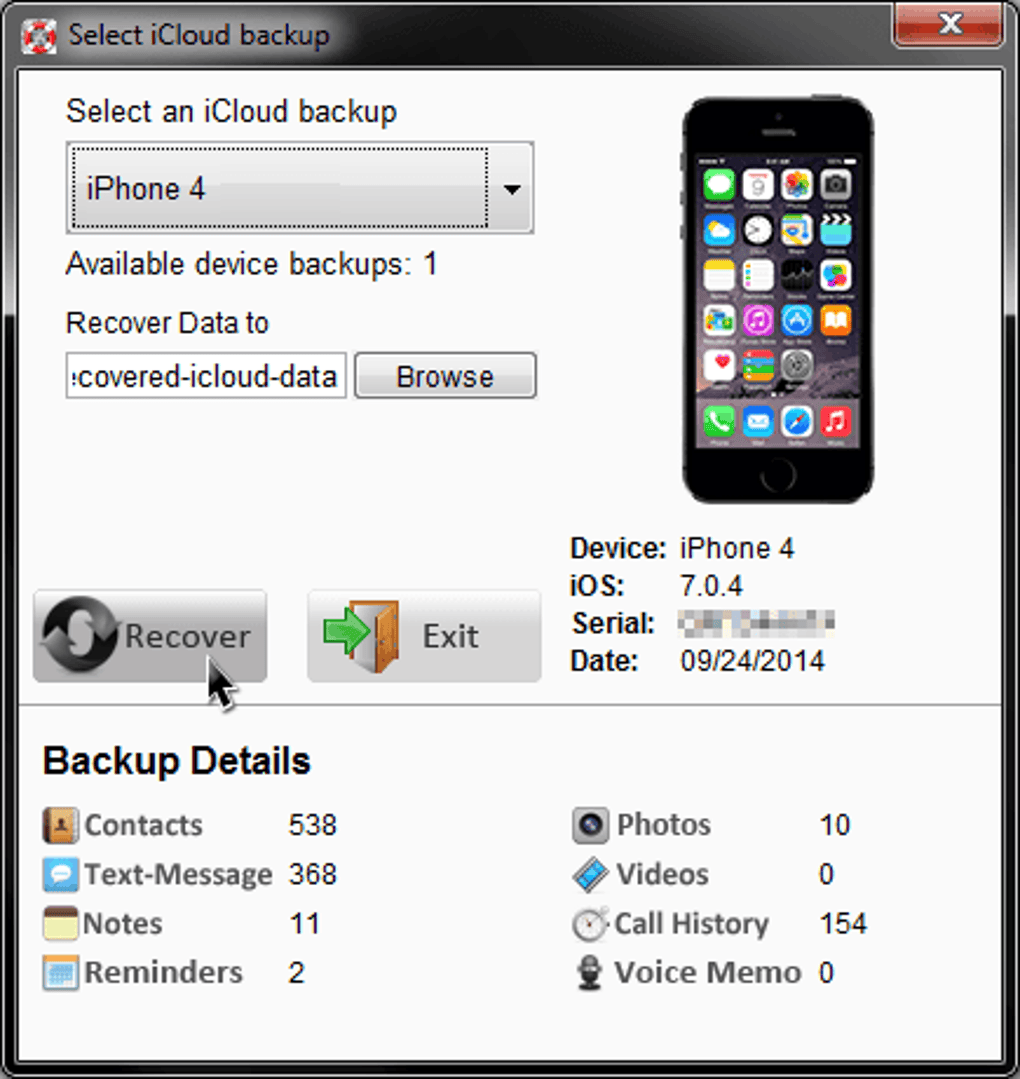



We strongly recommend updating to the current version of Day One Confirming iCloud Data LossĪs part of Apple’s migration from iCloud to iCloud Drive, there tends to be a bit of a delay in seeing your entries reappear in Day One. You should also be presented with options to restore access to those Apple devices and get all of your information and files back again.Note: Day One Classic (version 1.x) has not been updated since March 2016. The iCloud Data Recovery Service gives you access to data including photos, videos, notes, reminders, and device backups through the iCloud web portal, even if you're locked out of specific Apple devices. You can either type in your recovery key or a recovery key that's been sent to the trusted contact you specified. If you should need to start the iCloud Data Recovery Service, you'll know about it: It'll appear as an option if you're trying to get at an iCloud backup and you're not being allowed in through the usual channels. Click Details to learn more about the iCloud Data Recovery Service, the + (plus) icon to add a recovery contact, or Manage to set up a recovery key. Click Apple ID, then Password & Security, and then Manage next to Account Recovery. On macOS, you can find these same features by opening the Apple menu and choosing System Preferences. If you think that your recovery key might have become compromised, you can go back to the same screen in iOS to generate a new one. The recovery key comes into play if you can't access your Apple ID account in the normal way, through a password or through a two-factor authentication device. Write it down and keep it in a very safe place-and make sure you do write it down, because on the next screen you'll be asked to enter the recovery key to prove you've got it copied somewhere. Tap this, then toggle the Recovery Key setting to on, and your key will be generated. Your other option is the Recovery Key one. You can specify a contact to use as a safety net.


 0 kommentar(er)
0 kommentar(er)
